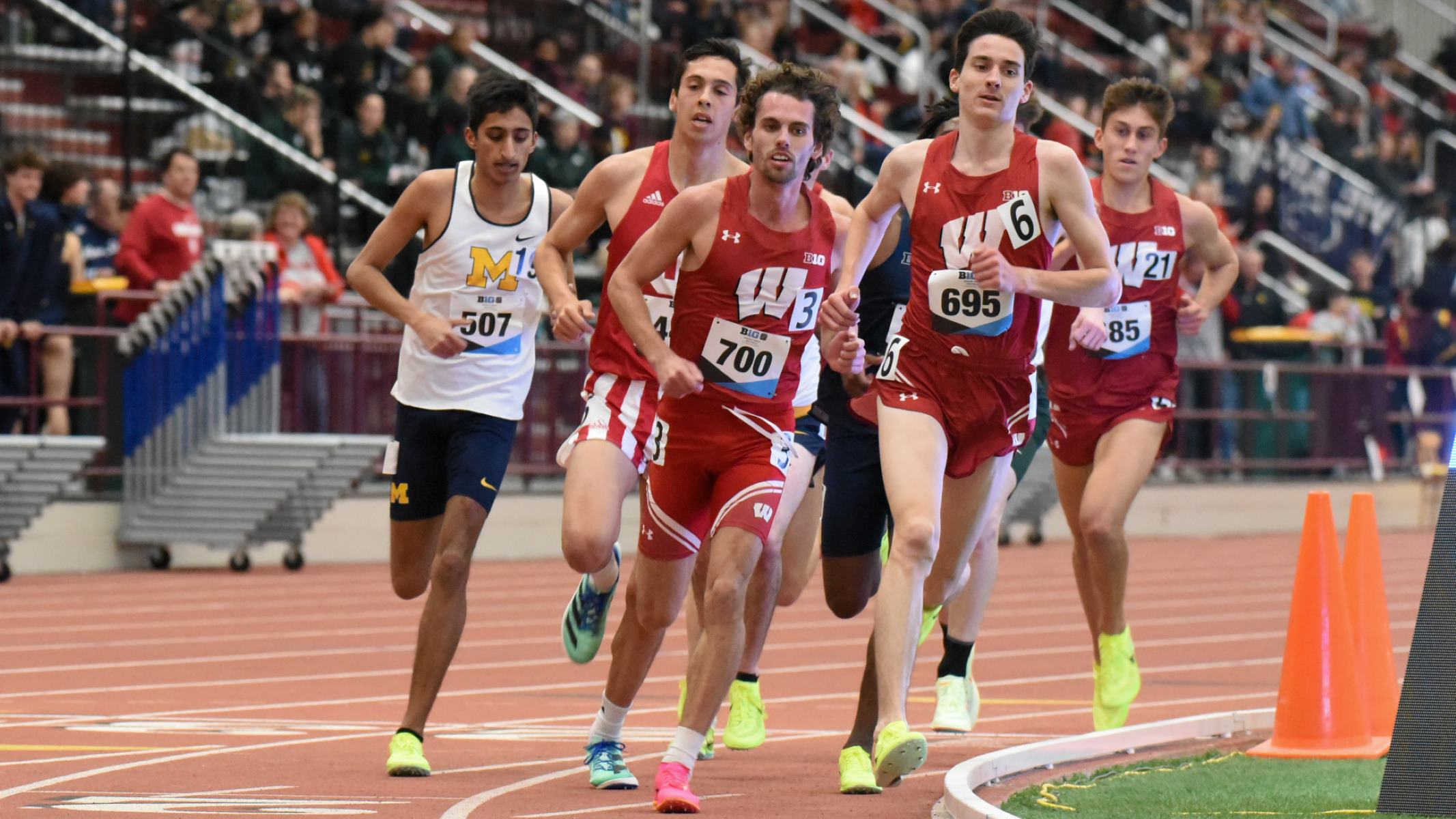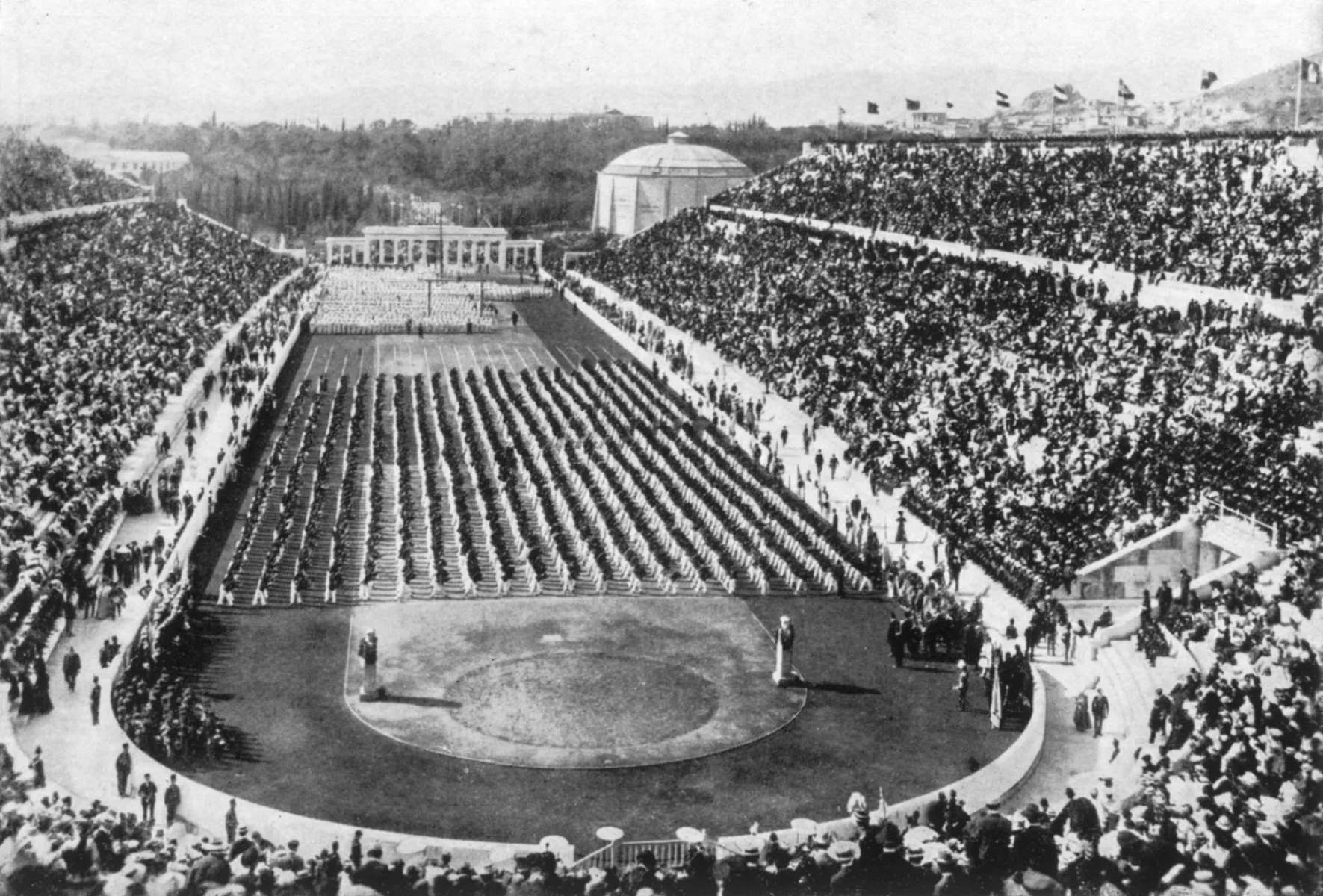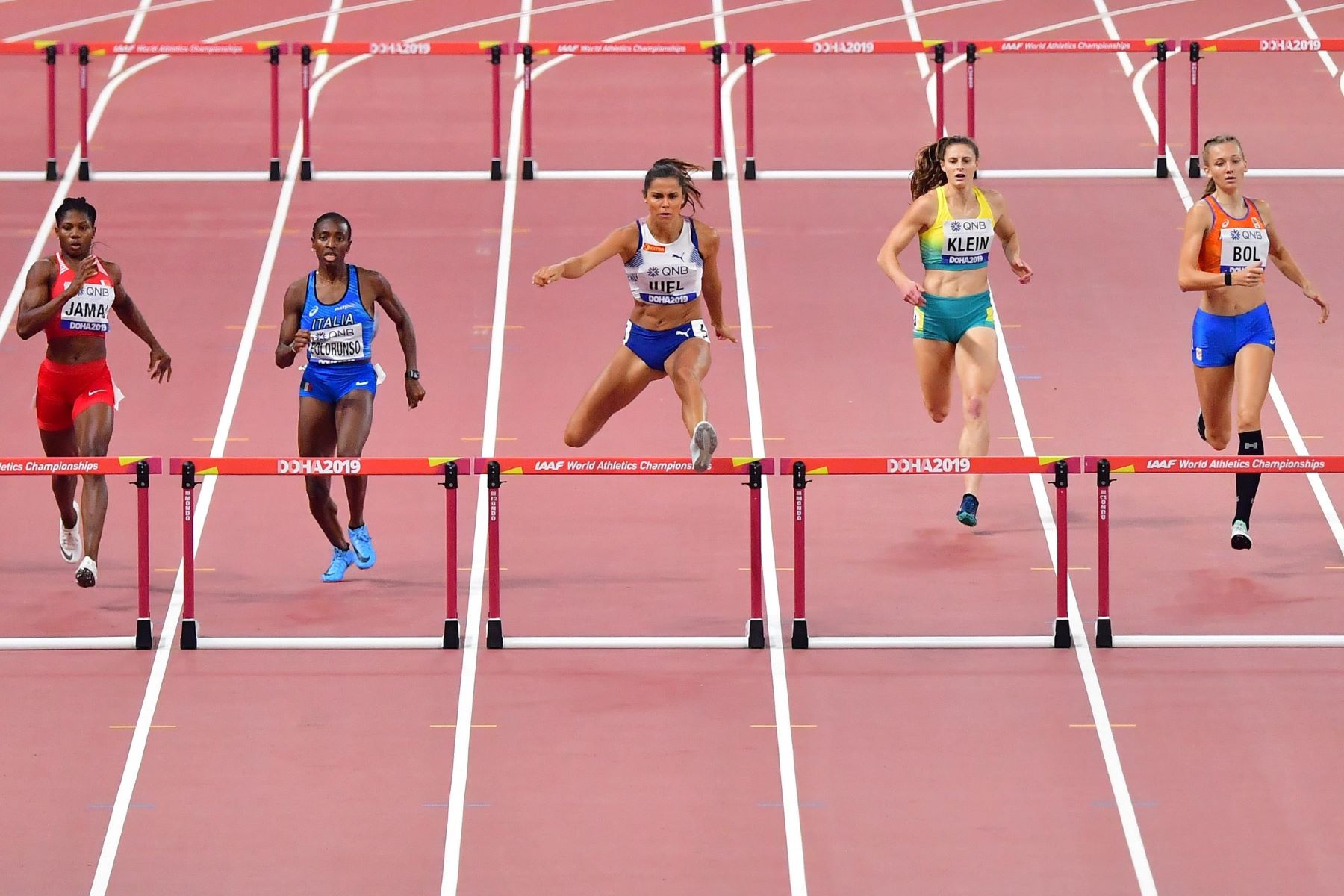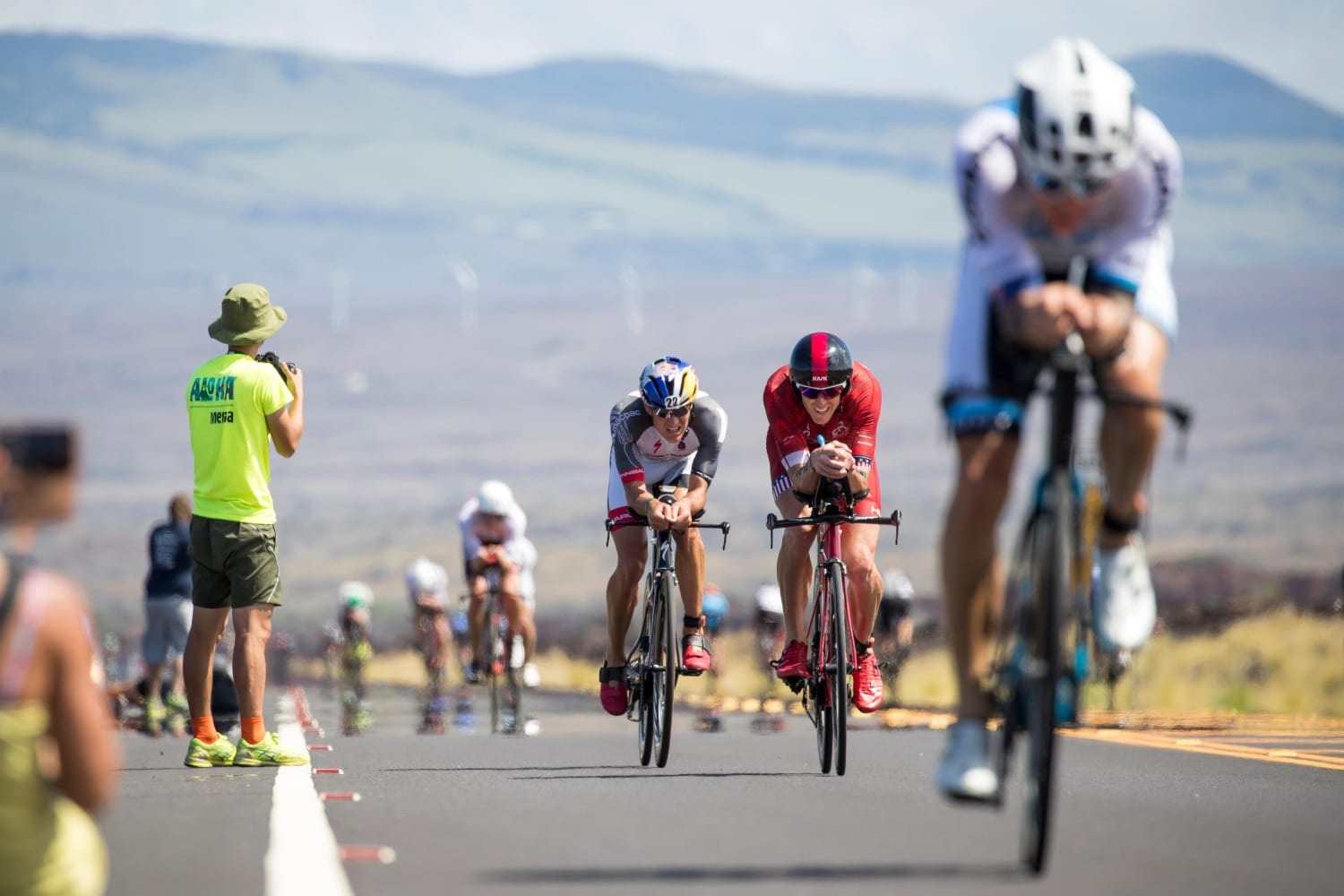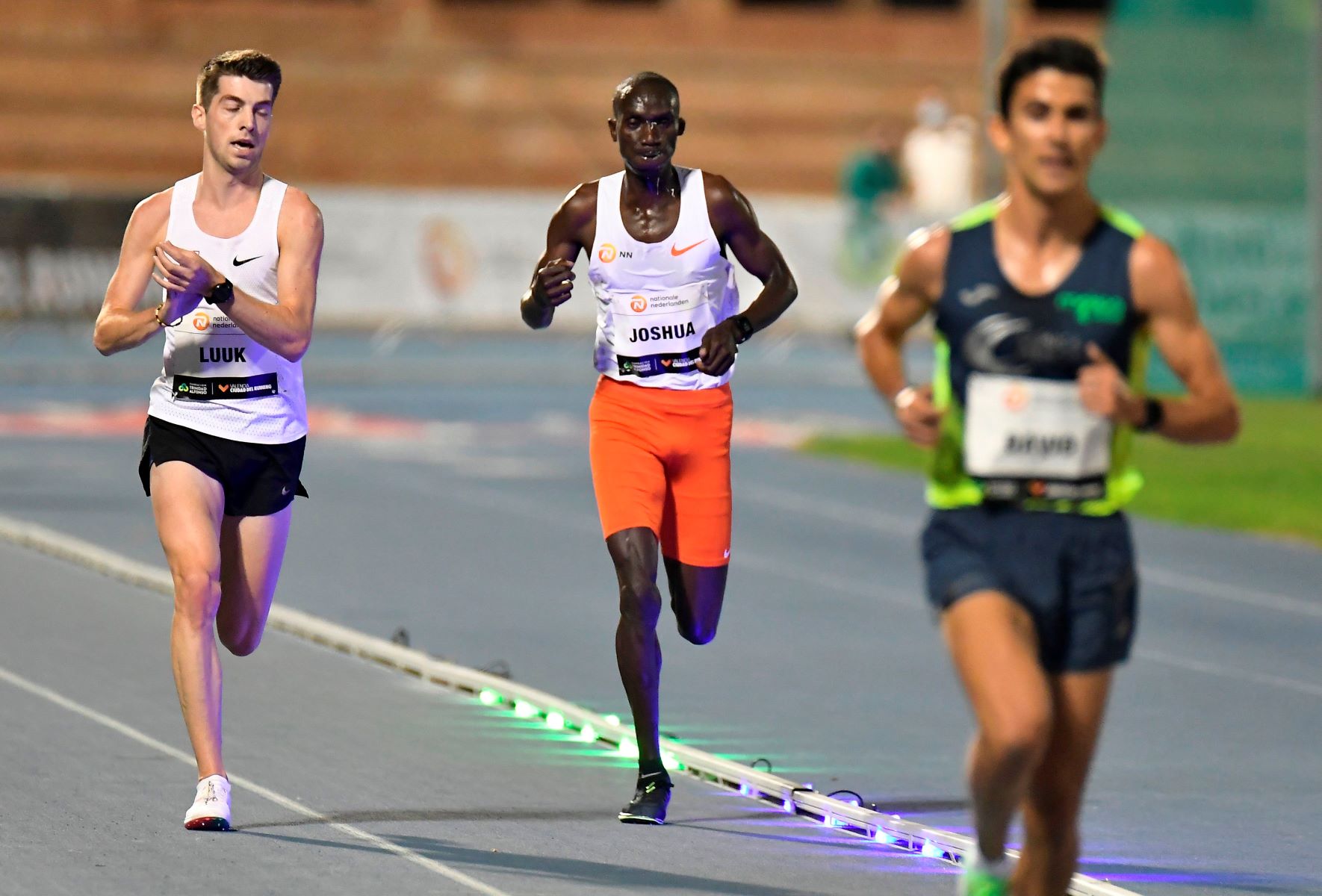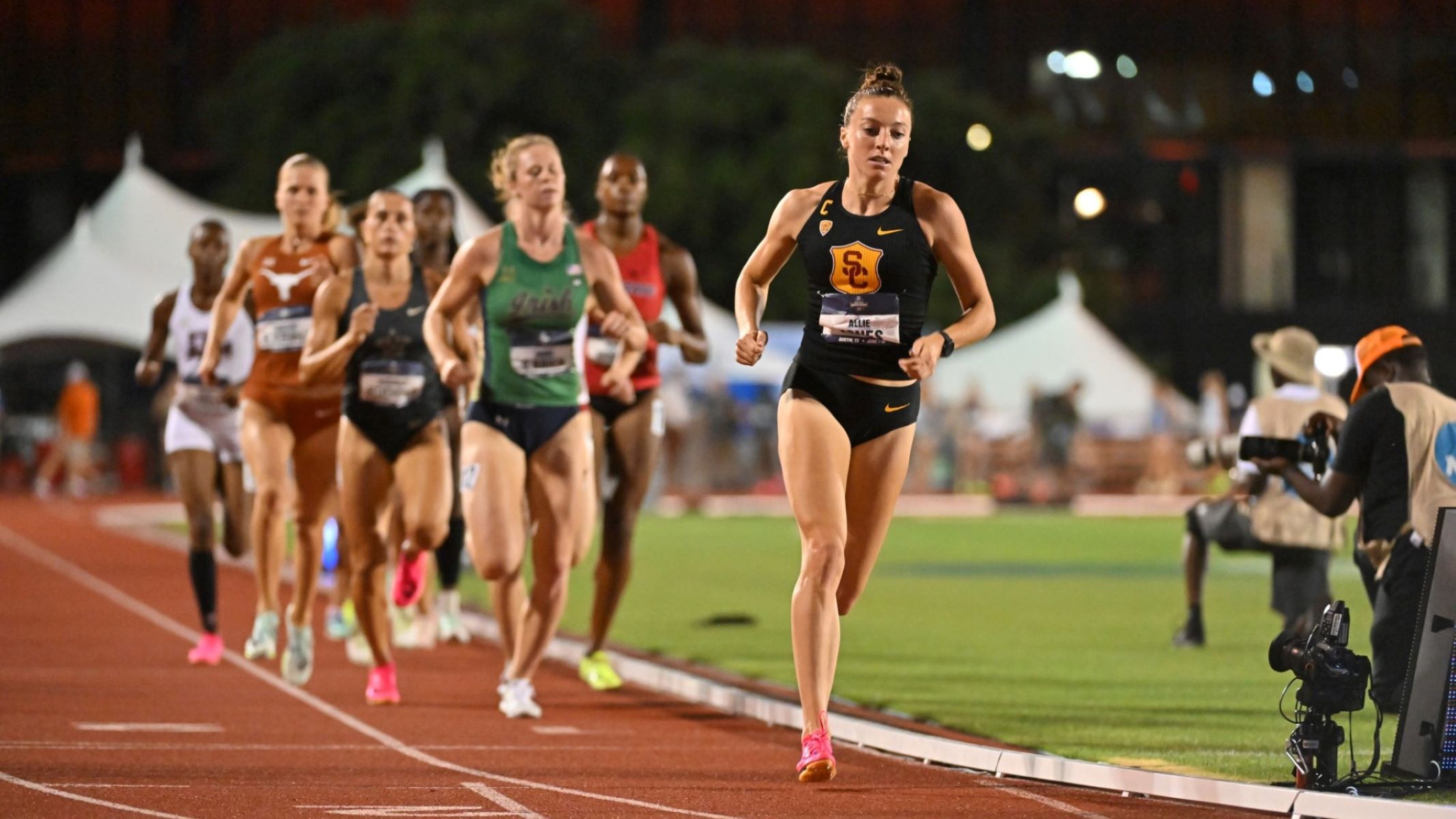Home>Misc>Featured>What Track And Field Event Would I Be Good At


Featured
What Track And Field Event Would I Be Good At
Modified: January 22, 2024
Discover which track and field event you are naturally talented in with our Featured quiz. Unearth your hidden potential and excel in your chosen discipline.
Introduction
Track and field is a sport that encompasses a wide range of events, allowing for athletes with different abilities and skill sets to excel. The diverse nature of the sport means that there is a track and field event suited for everyone, regardless of their physical attributes or athletic background. If you’re curious about which track and field event you would be good at, this article will guide you through the various factors to consider.
When it comes to determining the track and field event that suits you best, it’s important to take into account your natural abilities, physical attributes, and personal preferences. Some events require explosive speed and power, while others demand endurance and stamina. Additionally, factors such as coordination, flexibility, and agility can play a role in deciding which event is the right fit for you.
It’s also worth considering your personal interests and strengths. Are you drawn to the adrenaline rush of sprinting? Do you find joy in honing your technique for jumping events? Or do you possess the strength and technique needed for throwing events? By understanding your own preferences and strengths, you can narrow down the track and field events that align with your natural abilities.
In the following sections, we will explore the different track and field events in more detail, including sprint events, middle-distance events, long-distance events, hurdle events, jumping events, and throwing events. By understanding the unique characteristics and requirements of each event, you’ll gain insight into which ones may be best suited for you. So, let’s dive in and uncover the track and field event that you would excel in!
Factors to Consider
When determining which track and field event you would be good at, there are several factors to take into consideration. These factors can help you identify the event that aligns with your natural abilities and personal preferences. Let’s explore the key factors to consider:
- Physical attributes: Your physical attributes, such as your height, weight, and body composition, can play a significant role in determining which track and field event suits you best. For example, taller individuals with long legs may excel in sprinting or jumping events, while athletes with lean and muscular bodies may thrive in middle-distance or long-distance events.
- Natural talents: Consider your natural talents and strengths. Are you exceptionally fast off the blocks? Do you have good hand-eye coordination? Are you naturally strong? Identifying your innate abilities can help guide you towards the events where you have a competitive advantage.
- Personal preferences: Think about what aspects of track and field you enjoy the most. Do you thrive in short bursts of speed, or do you prefer events that require endurance and mental fortitude? Enjoying the event you participate in is crucial for long-term success and enjoyment in track and field.
- Mental mindset: Certain events require a particular mental mindset. Sprinting, for instance, demands explosive power and mental focus, while distance running requires resilience and the ability to push through fatigue. Consider the mental attributes you possess and which events align with your mindset.
- Training commitment: Different events require varying levels of training commitment. Sprint events, for example, often require intense and frequent training sessions, while throwing events may involve strength and technique training. Consider your schedule and how much time and effort you are willing to commit to training for a particular event.
By taking these factors into account, you can gain clarity on which track and field event is most suitable for you. Remember, each event has its own unique demands and challenges, so it’s essential to choose an event that aligns with your physical attributes, natural talents, personal preferences, mental mindset, and training commitment.
Sprint Events
Sprint events are the epitome of speed and explosiveness in track and field. These events range from the 100-meter dash to the 400-meter race, requiring athletes to showcase their bursts of speed over short distances. If you possess quick reflexes, explosive power, and a strong desire for intensity, sprint events may be your calling.
The 100-meter dash is a thrilling event that showcases raw speed. It demands a rapid acceleration off the blocks and the ability to maintain top speed throughout the race. Sprinters with explosive power, strong leg muscles, and quick reaction times excel in this event.
The 200-meter dash offers a slight increase in distance while still emphasizing explosive speed. Athletes who have a balance of speed and endurance can thrive in this event. The ability to produce power from the start and maintain it through the straightaways is crucial for success.
The 400-meter race is known as the “long sprint” and requires a unique blend of speed and endurance. This event demands both anaerobic and aerobic capacity, as athletes must power through a full lap of the track. Sprinters with a high anaerobic threshold, efficient pacing strategy, and mental toughness excel in the 400-meter race.
In sprint events, technique plays a vital role. Proper sprinting form, including a strong drive phase, arm swing, and foot strike, can make a significant difference in performance. Sprinters also benefit from explosive strength training and plyometric exercises to enhance their power output.
Remember, sprint events require dedication, discipline, and a commitment to intense training. It’s crucial to develop explosive speed, improve reaction times, and work on refining technique to maximize performance in these events.
Middle-Distance Events
Middle-distance events in track and field require a blend of speed, endurance, and tactical racing skills. These events typically range from 800 meters to 1500 meters and demand both aerobic and anaerobic capacity. If you possess a combination of speed and stamina, along with strategic thinking, middle-distance events may be suited for you.
The 800-meter race is an intense and fast-paced event that bridges the gap between sprints and longer distance races. It demands a balance of speed, endurance, and tactical decision-making. Athletes competing in the 800 meters must possess the ability to maintain a strong pace, strategically surge when appropriate, and possess a kick to finish strong.
The 1500-meter race is a true test of endurance and speed. It requires the ability to sustain a high pace over several laps while conserving energy for a final kick in the last lap. Mental resilience, efficient pacing, and strategic positioning are fundamental to success in the 1500 meters.
Unlike sprint events, middle-distance races require both aerobic and anaerobic training. Endurance runs, tempo runs, and interval training play a crucial role in building the necessary stamina for these events. Developing a strong aerobic base combined with speed workouts can improve both speed and endurance for middle-distance runners.
Strategic racing is also key in middle-distance events. Athletes must be adept at positioning themselves in the pack, knowing when to surge or conserve energy, and having a strong finishing kick to outpace their competitors. This requires mental acuity and the ability to adapt to race dynamics.
Effective race tactics, well-rounded training, and a strong mental game are essential in middle-distance events. If you enjoy the challenge of balancing speed and endurance, while employing tactical decision-making, middle-distance running may be the perfect fit for you.
Long-Distance Events
Long-distance events in track and field are a true test of endurance, both physically and mentally. Designed for athletes with exceptional stamina and the ability to maintain a steady pace over extended distances, these events include the 3000 meters, 5000 meters, and the grueling 10,000 meters or more. If you have a high aerobic capacity, mental toughness, and a love for long, challenging races, long-distance events might be ideal for you.
The 3000-meter race is a middle-ground distance event that requires a blend of speed, endurance, and mental fortitude. Competing in this event demands the ability to maintain a consistent pace throughout, with the capacity to surge when needed. Long-distance runners with a strong aerobic base, efficient running form, and the ability to maintain mental focus excel in this event.
The 5000-meter race pushes endurance to the limit. Runners competing in this event must have the capacity to maintain a fast pace over 12.5 laps of the track. It requires exceptional aerobic fitness, efficient running mechanics, and strong mental resilience to push through the challenging final laps.
For the ultimate test of endurance, long-distance runners take on the 10,000-meter race or even marathon events. These races demand exceptional stamina, mental strength, and the ability to sustain a steady pace for extended periods. Long-distance runners must develop a strong aerobic base through high mileage training, as well as incorporating speed workouts and tempo runs to improve race pace.
Long-distance events also require a strategic approach. Athletes must carefully manage their energy, pace themselves, and stay mentally focused during the race. An understanding of pace judgment and race tactics, such as surging or strategic positioning, can make a significant difference in long-distance events.
Consistent training, mental fortitude, and a love for endurance are essential for long-distance events. If you thrive in the challenge of pushing your limits, maintaining a steady pace over long distances, and possess the mental toughness required for endurance running, long-distance events might be the perfect match for you.
Hurdle Events
Hurdle events in track and field combine speed, agility, and technique. These events involve athletes racing over a set distance while navigating hurdles that are placed along the track. If you have a combination of speed, coordination, and the ability to time your jumps effectively, hurdle events may be the right fit for you.
The 110-meter and 100-meter hurdles are iconic events in track and field. These events require explosive speed, precise technique, and the ability to clear ten hurdles placed at a height of 1.067 meters for men and 0.84 meters for women. Athletes must possess quick reflexes, as each hurdle must be cleared with a stride pattern that minimizes time and ensures a smooth transition.
The 400-meter hurdles are a longer hurdle event that demands a combination of speed, endurance, and technical proficiency. Athletes race one lap around the track while clearing ten hurdles placed at a height of 0.914 meters for men and women. The 400-meter hurdles require strategic pacing, efficient hurdle technique, and mental toughness to maintain speed while navigating the barriers.
In hurdle events, technique is crucial. Athletes must learn proper hurdling form, including the lead leg, trail leg, and arm movements. Developing agility, flexibility, and explosive power in the legs are also essential for clearing the hurdles efficiently.
Training for hurdle events involves a combination of speed work, plyometric exercises, and hurdle-specific drills. Athletes focus on improving their sprinting speed, enhancing their explosive power, and refining their hurdle technique through repetition and practice.
Mental focus and the ability to time the jumps are critical factors in hurdle events. Athletes must possess excellent spatial awareness, quickly process visual cues, and maintain concentration throughout the race. Staying calm and composed under pressure is paramount for success in hurdle events.
If you have the speed, agility, and technical prowess to navigate hurdles while maintaining a fast pace, hurdle events may be the ideal choice for you. With proper training and dedication, you can excel in these exciting and visually captivating track and field events.
Jumping Events
Jumping events in track and field showcase an athlete’s ability to generate explosive power and technique while achieving impressive heights or distances. If you have a combination of strength, coordination, and a natural inclination for jumping, jumping events may be the perfect fit for you.
The high jump is a gravity-defying event where athletes aim to clear a horizontal bar placed at varying heights without knocking it down. The technique employed is the Fosbury Flop or the more traditional scissor or straddle method. High jumpers need exceptional vertical power, coordination, and the ability to contort their body in mid-air to clear the bar successfully.
The long jump is a dynamic event where athletes sprint down a runway and attempt to leap as far as possible into a sandpit. Long jumpers must possess a combination of explosive speed, power, and technique to achieve the greatest distance. Mastering the approach run, take-off, and landing technique are vital for success in the long jump.
The triple jump combines speed, power, and agility into a three-phase event. Athletes perform a hop, a step, and a jump in one continuous motion. The technique involves taking off from one foot, landing on the same foot, and then leaping into the pit from the opposite foot. Triple jumpers must have excellent coordination, balance, and the ability to generate power throughout each phase.
Training for jumping events involves a focus on improving explosive power, strength, and technique. Athletes work on developing leg strength through weightlifting exercises, plyometrics, and specific drills tailored for each jumping event. Coaches also emphasize proper positioning, take-off technique, and body control to maximize distance or height.
Jumping events require mental focus and the ability to execute precise movements under pressure. Athletes must handle the nerves and maintain composure during the approach and take-off phase. Visualization techniques and mental rehearsals are often used to enhance performance in jumping events.
If you possess explosive power, coordination, and enjoy the thrill of defying gravity, jumping events may be the perfect track and field events for you. With dedicated training and a focus on technique, you can soar to new heights or achieve remarkable distances in these captivating events.
Throwing Events
Throwing events in track and field require a combination of strength, technique, and precision. These events showcase an athlete’s ability to generate power and propel an object, such as a shot put, discus, or javelin, to great distances. If you possess natural strength, coordination, and enjoy the explosive power of throwing, these events may be the right fit for you.
The shot put involves launching a heavy metal ball, typically made of brass or steel, as far as possible. Shot putters must possess exceptional upper body strength, core stability, and explosive power. Technique is vital in the shot put, with athletes utilizing a rotational or glide technique to generate maximum force.
The discus throw is a visually impressive event where athletes launch a heavy, disc-shaped object. Discus throwers require a combination of strength, flexibility, and coordination to generate rotational power and throw the discus with precision. The technique involves a series of spins and a dynamic release to achieve maximum distance.
The javelin throw is an event that combines speed, strength, and technique. Javelin throwers sprint down a runway and launch a spear-like object for distance. This event demands a balance between explosive power and finesse. Athletes must possess strong arm and shoulder muscles, generate high speeds during the approach, and execute a precise release to achieve maximum distance.
Training for throwing events involves a focus on developing overall strength, explosive power, and technique. Weightlifting exercises, plyometrics, and specific drills targeting the muscles used in throwing are incorporated into training routines. Athletes also work on balance, footwork, and body positioning to optimize technique and power generation.
Throwing events require a mix of physical strength and mental focus. Athletes must concentrate on proper technique, maintain composure under pressure, and adapt to changing conditions. Mental preparation and visualization techniques are often employed to enhance performance in throwing events.
If you possess natural strength, coordination, and enjoy the challenge of launching objects with power and precision, throwing events in track and field may be the perfect fit for you. By combining the right training, technique, and mental focus, you can excel in these thrilling and visually captivating events.
Conclusion
Track and field offers a wide array of events that cater to athletes with diverse abilities and interests. Whether you possess explosive speed, exceptional endurance, superior jumping ability, or impressive throwing strength, there is a track and field event suited for you. By taking into consideration factors such as your physical attributes, natural talents, personal preferences, mental mindset, and training commitment, you can determine which event aligns with your strengths and passions.
The sprint events are perfect for those who can generate explosive speed and power over short distances. Middle-distance events require a balance of speed and endurance, while long-distance events challenge athletes with exceptional stamina. Hurdle events combine speed, agility, and precise technique, while jumping events showcase an athlete’s ability to generate power and agility in leaping. Throwing events demand strength, technique, and precision in propelling various objects to great distances.
To excel in your chosen track and field event, dedication, discipline, and consistent training are essential. Developing the necessary physical attributes, honing technique, and cultivating mental fortitude are key components to achieving success. Whether you’re competing for personal goals, school, or at a professional level, embracing the challenges and joy that track and field brings will ensure a rewarding journey.
So, take the time to explore the different track and field events, consider your strengths and interests, and dive into the event that sparks your passion. With hard work, perseverance, and a love for the sport, you can reach new heights and discover the incredible athlete within you.


